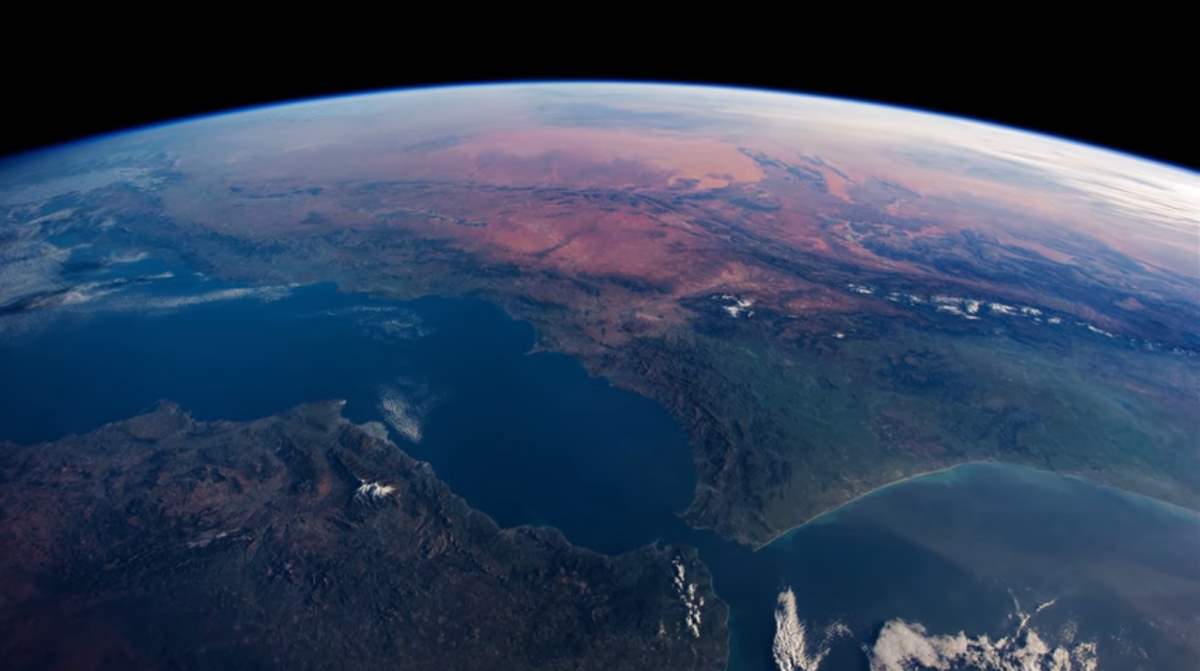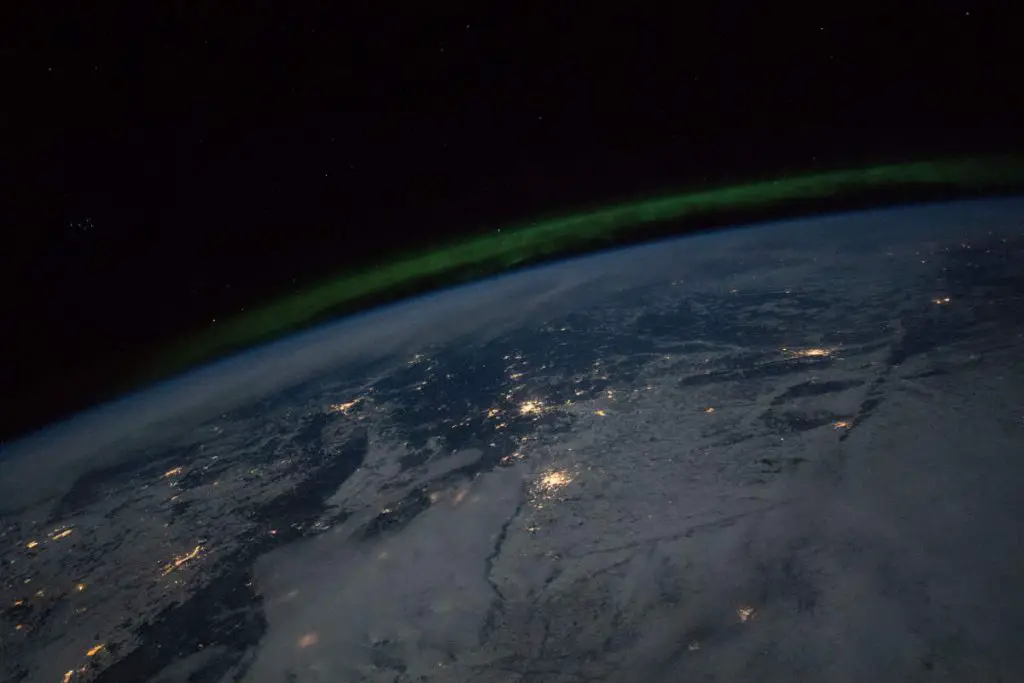Videos that contain images of the Earth taken aboard the International Space Station are usually time-lapse (see notes 1), but this amazing HD video below, titled “Orbit” shows a complete orbit around Earth from the ISS in real-time. A breathtaking 92-minute and 39-second show of the beauty and majesty of our planet from 250 miles (400 km) above.
ORBIT – A Journey Around Earth in Real-Time
From the description of the video:
The structure of the film is built around a nested selection of Phaeleh’s last three albums; Lost Time, Illusion of the Tale & Somnus. The tone & pacing of each track influenced the choice of material used.
Typically, each time-lapse sequence was photographed at 1 frame per second.
Each sequence was processed in Photoshop. A dirt map was made in order to repair dust, blemishes, and hot pixel artifacts that would otherwise confuse the re-timing phase of the workflow resulting in strobes and distracting blurs.
Image processing techniques were used to emphasize features on the Earth’s surface. Every sequence consists of a number of layers that when masked, processed & blended correctly produce the final look of each shot.
To make sure each sequence was recreated faithfully to the actual rate of speed observed I referenced timestamps on the first and last frame in the sequence and used frame interpolation software to produce the other 59 frames.
A complete orbit around Earth
The length of the film is exactly the length of time it takes the ISS to orbit the Earth once, 92 minutes and 3- seconds. Seán Doran, February 5th, 2018.
The ISS maintains an orbit with an altitude of between 330 and 435 km (205 and 270 mi) by means of

Notes
- Time-lapse is a photographic technique of taking a sequence of frames at set intervals to record changes that take place slowly over time. When the frames are shown at normal speed the action seems much faster.
Reboost is the process of boosting the altitude of an artificial satellite, to increase the time until its orbit will decay and it re-enters the atmosphere.- Zvezda ( meaning “star”), also known as DOS-8, is a Service Module on the International Space Station. Early in the station’s life, Zvezda provided all of its critical systems. It made the ISS permanently habitable for the first time, adding life support for up to six crew and living quarters for two. Zvezda’s DMS-R computer handles guidance, navigation,
and control for the entire space station.
Sources
- International Space Station on Wikipedia
- How Many Elephants are Left in the World in 2025? - August 17, 2025
- Moon Landings: All-Time List [1966-2025] - February 2, 2025
- What Is Max-Q and Why Is It Important During Rocket Launches? - January 16, 2025

One reply on “A Complete Orbit Around Earth from the ISS in Real-Time [Video]”
it’s not video footage, it’s a time-lapse!